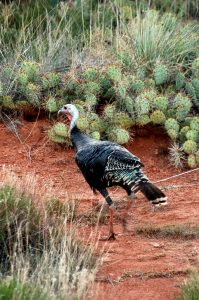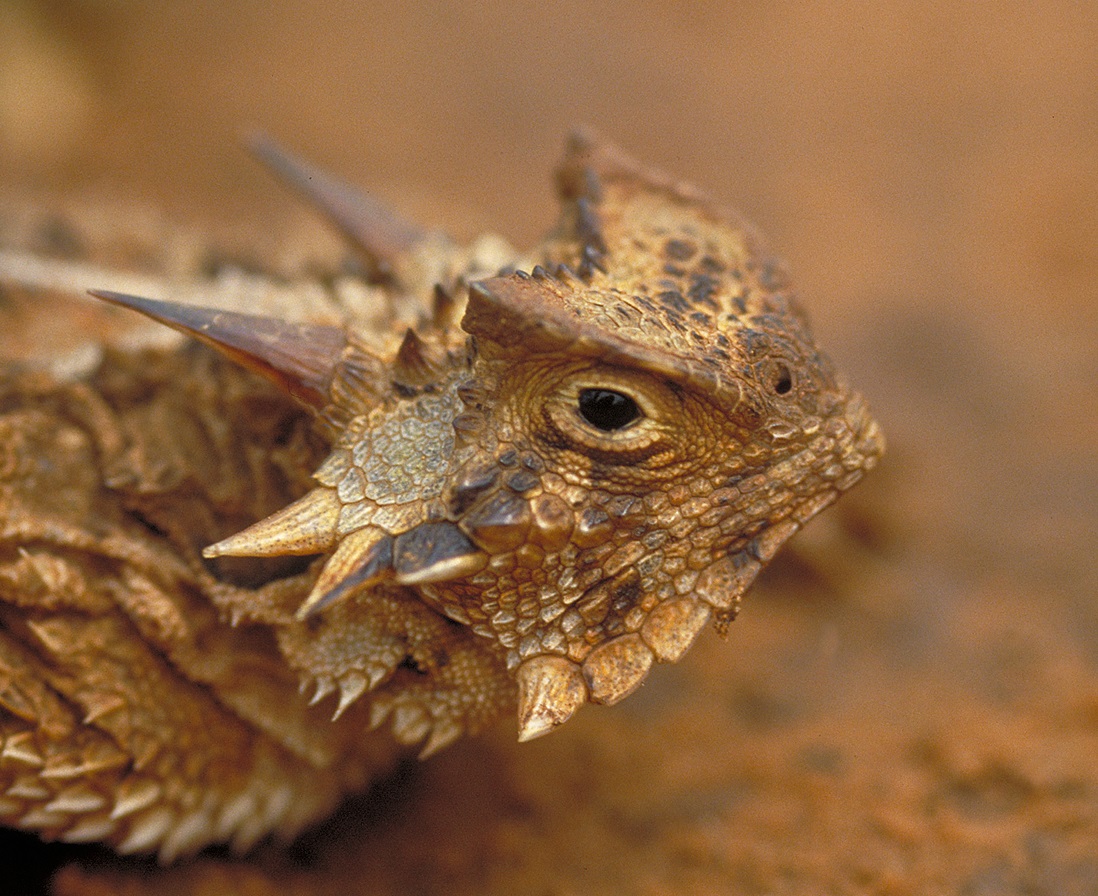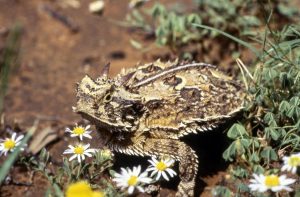Habitat and Turkey Restoration
Wednesday, April 17th, 2019This is Passport to Texas
Texas has three sub-species of Turkey: the Rio Grande is the most abundant, followed by the Eastern and then by the Merriam. Without good habitat, none will thrive.
They have to have good structural cover.
Jason Hardin, Turkey Program Leader at TPW, says this may include low-growing, woody cover for nesting.
It provides like an umbrella that they sit underneath to protect from avian predators and then also weather elements. And then also, grasses, weeds, forbes growing up to provide vertical cover.
Think of woody cover as you would a deer blind: you can see out, but nothing sees in. This feature is critical when hens are on nests and raising poults. The biggest threat to good turkey recruitment (nest success and poult survival) overall is weather.
Because that nesting rate, re-nesting rate, poult survival—all that’s driven essentially by moisture and the climate. So, if we have three years of drought, you’re going to see that Rio Grande type turkey population begin to decline. So, it’s something we try to pay attention to. And over a long term—five ten years—is there something beyond weather that’s causing a shift in that population.
In addition, the lack of fire to burn out dense understory growth from an abundance of rain, impacts Eastern turkey habitat. The value of fire when managing habitat—that’s tomorrow.
The Wildlife Restoration Program Supports our Series.
For Texas Parks and Wildlife…I’m Cecilia Nasti.







 Passport to Texas is a
Passport to Texas is a  Passport to Texas is made available by:
Passport to Texas is made available by: